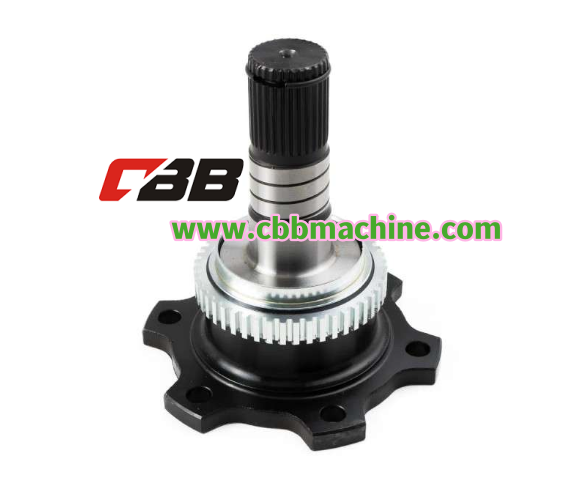Why Choose Differential Shaft by Cbbmachine for Material Control?

In precision-driven manufacturing, the Differential Shaft engineered by Cbbmachine represents a mechanical concept centered on balance and adaptability. Designed for winding and unwinding operations, it enables independent tension control across multiple cores, ensuring consistent results even when material properties vary. This mechanism manages torque distribution intelligently, maintaining smooth motion and alignment without the need for manual adjustments. Its purpose is to provide a continuous, stable link between motion and precision within automated systems.
At the heart of the design lies a structure that allows each core to rotate with individual responsiveness while sharing a unified drive source. This principle ensures that variations in diameter or material tension do not translate into uneven winding results. The shaft's internal friction elements or air mechanisms work in harmony to equalize torque, allowing consistent roll tightness throughout production. Such control is essential in industries where fine materials—films, foils, papers, or textiles—require uniform tension from start to finish.
The value of this technology extends beyond mechanical stability. By reducing the need for operator intervention, it enhances workflow continuity and limits production interruptions. Each rotational response is governed by the shaft's internal calibration, balancing pressure distribution to accommodate material sensitivity. Over time, this stability contributes to improved yield and repeatability, vital qualities for modern automated lines.
Equally significant is the way it integrates into existing machinery. Its modular construction allows compatibility with a range of winding configurations, supporting both high-speed and precision-oriented systems. Engineers appreciate its adaptability, as it can be fine-tuned to match the demands of various substrates without complex mechanical changes. The result is a unified, steady process flow that aligns with contemporary goals of efficiency and reduced waste.
From a design perspective, the shaft embodies subtle mechanical intelligence. Instead of overpowering the process, it collaborates with it—translating torque variations into smooth, calculated motion. This approach illustrates how engineering refinement can achieve control through responsiveness rather than rigidity. In doing so, it highlights the evolving relationship between machinery and material: one guided by equilibrium, not excess.
To experience how motion transforms into quiet precision, visit https://www.cbbmachine.com/news/industry-news/what-is-a-differential-shaft.html — where every rotation tells the story of engineered balance.
- Art
- Causes
- Crafts
- Dance
- Drinks
- Film
- Fitness
- Food
- Jogos
- Gardening
- Health
- Início
- Literature
- Music
- Networking
- Outro
- Party
- Religion
- Shopping
- Sports
- Theater
- Wellness
